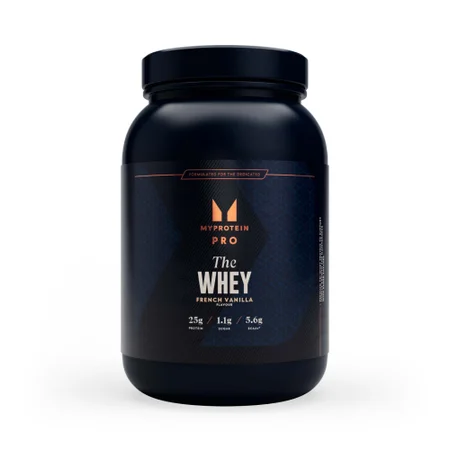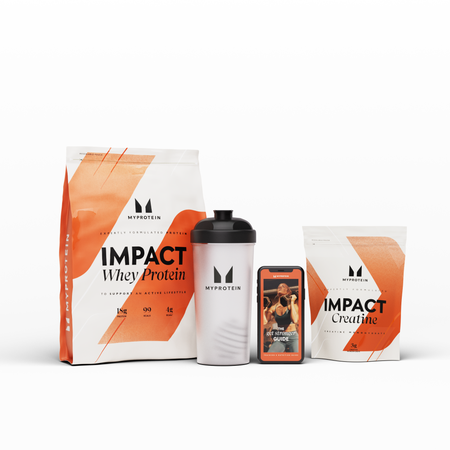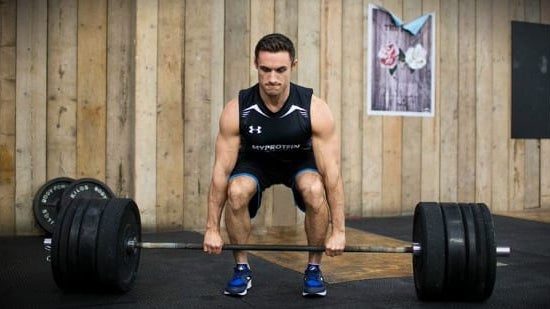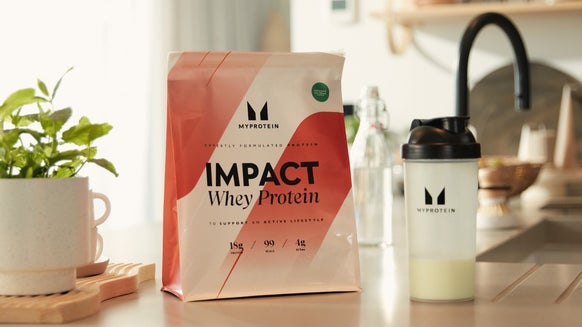Get Ripped with This High Volume Training Plan

Volume training, depending on the level, is used by athletes and bodybuilders alike, albeit using different structures in terms of the programmes they follow. A high volume programme allows the trainee to both increase muscle and lose fat, as well as to adapt to a high lactic acid threshold.
By accumulating a higher number of reps over the workout, you are increasing the volume higher than normal and the workload put on your muscles. A more rep range is often seen between 8-12 repetitions whereas, in HVT, you are working upwards of 15-20 over 3-4 sets.

The Science Behind High Volume Training
The build-up in lactic acid in the muscle cell is created by a limited level of oxygen going to the muscle cell due to the demand of high exertion in energy through a high volume workout. The working muscles generate energy anaerobically. This energy comes from glucose through a process called glycolysis, in which glucose is broken down or metabolised into a substance called pyruvate through a series of steps. When the body has plenty of oxygen, pyruvate is shuttled to an aerobic pathway to be further broken down for more energy.
But when oxygen is limited, the body temporarily converts pyruvate into a substance called lactate, which allows glucose breakdown–and thus energy production–to continue. The working muscle cells can continue this type of anaerobic energy production at high rates for one to three minutes, during which time lactate can accumulate to high levels.

4-Week High Volume Training Plan
This phase will consist of 3 consecutive training sessions followed by 1 rest day. The 3 sessions will include one chest and back session, one legs session and one shoulders and arms session.
Your rest day should include recreational activities such as long walks, massage, yoga, swimming, heat treatments or pilates.
Take notice of the TEMPO ranges. This is split into 4 numbers for example - 3010. This represents your time under tension.
- 3 = Lowering Phase for 3 seconds
- 0 = No pause
- 1 = Returning to start position
- 0 = No pause
This means one rep will take 4 seconds overall however, this can differ as shown in the table.
Training Frequency
Day 1:Chest and BackDay 2: LegsDay 3: Shoulders and ArmsDay 4: RestRepeat
Chest and Back |
|||||
| Order | Exercise | Sets | Reps | Tempo | Rest |
| A1 | Incline Dumbbell 1 1/4 Press | 4 | 12 | 3010 | 10s |
| A2 | Wide Lat Pull Down | 4 | 12 | 3010 | 60s |
| B1 | Barbell Bench Press | 4 | 15 | 2020 | 10s |
| B2 | Low Seated Row | 4 | 15 | 2020 | 60s |
| C1 | Incline Cable Flies | 4 | 20 | 2010 | 10s |
| C2 | T Bar Row w/pause squeezing scapulae at Rep 10 for 10s | 4 | 20 | 2010 | 60s |
| D | Machine Chest Press | 1 | Drop Set | 3010 | x |
Legs |
|||||
| Order | Exercise | Sets | Reps | Tempo | Rest |
| A1 | Barbell Heels Elevated Hack Squat | 4 | 12 | 3010 | 10s |
| A2 | Lying Leg Curl | 4 | 12 | 3010 | 60s |
| B1 | Barbell Hip Bridge | 4 | 15 | 2020 | 10s |
| B2 | Long Range Barbell Walking Lunge | 4 | 15 | 2020 | 60s |
| C1 | Dumbbell Heels Elevated Squat | 4 | 20 | 2010 | 10s |
| C2 | Leg Press | 4 | 20 | 2010 | 60s |
| D | Leg Extension | 1 | Drop Set | 3010 | x |
Shoulders and Arms |
|||||
| Order | Exercise | Sets | Reps | Tempo | Rest |
| A1 | Seated Barbell Shoulder Press | 4 | 12 | 3010 | 10s |
| A2 | Close Grip Barbell Press | 4 | 12 | 3010 | 60s |
| B1 | EZ Bar Preacher Curl | 4 | 15 | 2020 | 10s |
| B2 | Seated Dumbbell Lateral Raise | 4 | 15 | 2020 | 60s |
| C1 | Reverse Shoulder Press | 4 | 20 | 2010 | 10s |
| C2 | Duel Rope Extension | 4 | 20 | 2010 | 60s |
| D | Cable Preacher Curl | 1 | Drop Set | 3010 | x |
When you’re training for sporting purposes, high volume workouts that create high lactic acid build-up are used in the offseason. This is due to the muscle soreness it creates. While you’re not performing your sport competitively, this is a very effective way in which to train. Throughout the season, you should look to reduce risk of injury via intelligent strength and injury prevention sessions.
To make your plan effective, you could complete a 4-week very high volume training plan, followed by a de-load week, where you can increase the weight, decrease the reps and sets and increase the rest in your workout, and decrease the frequency of your training throughout that particular week. Adding in recreational activities such as long walks, massage, yoga and pilates are also advised in this week due to their ability to decrease the cortisol exposure on the body. Following this week, a phase of strength-based training can be used for around 4 weeks for you to then work your way back into a high volume plan.
Nutrition for High Volume Training
Your diet should also complement a high volume training plan, due to glucose being depleted throughout the workout. Using post-workout carbohydrates are advised due to their ability to help recovery and replenishment.
I recommend using maltodextrindextrose< in yourwhey protein shake immediately post-workout and, around an hour later, using a source of carbohydrates in a meal (for example chicken breast with sweet potato and mixed veggies).
FAQ
What is high volume training?
Does high volume training build mass?
Is high volume training good?
Does high volume training build strength?
How many reps is considered high volume?

High Intensity Interval Training (HIIT) | What Is It and How To Do It
Become a HIIT pro with our PT's advice.

Push Pull Legs Routine | The Best Mass-Building Workout Split
Try this very simple training method.

Ultimate Training Guide: Workout Splits
Arrange your sessions and get the results you want.











